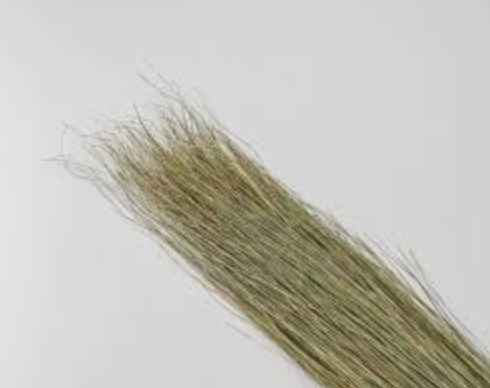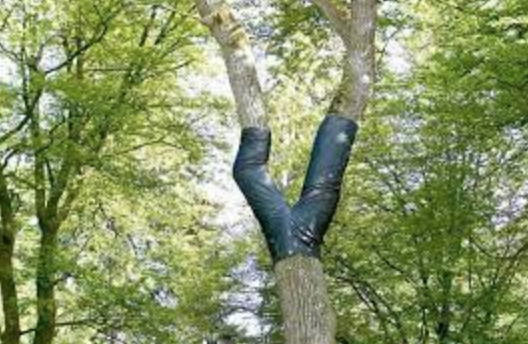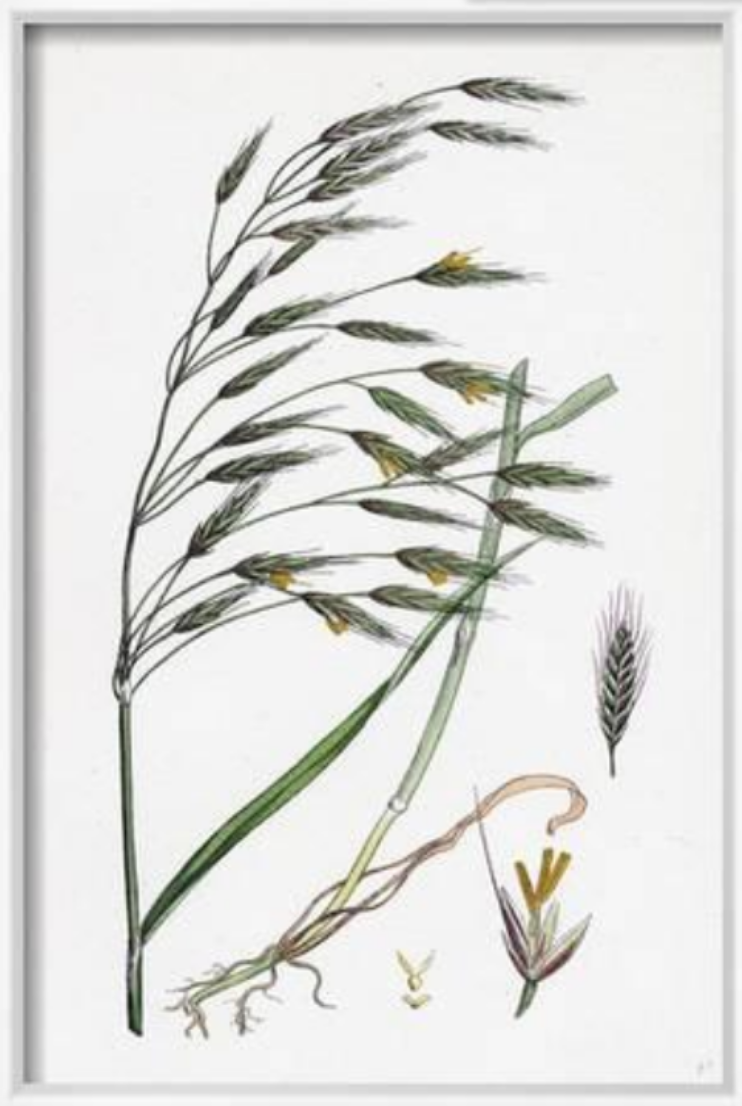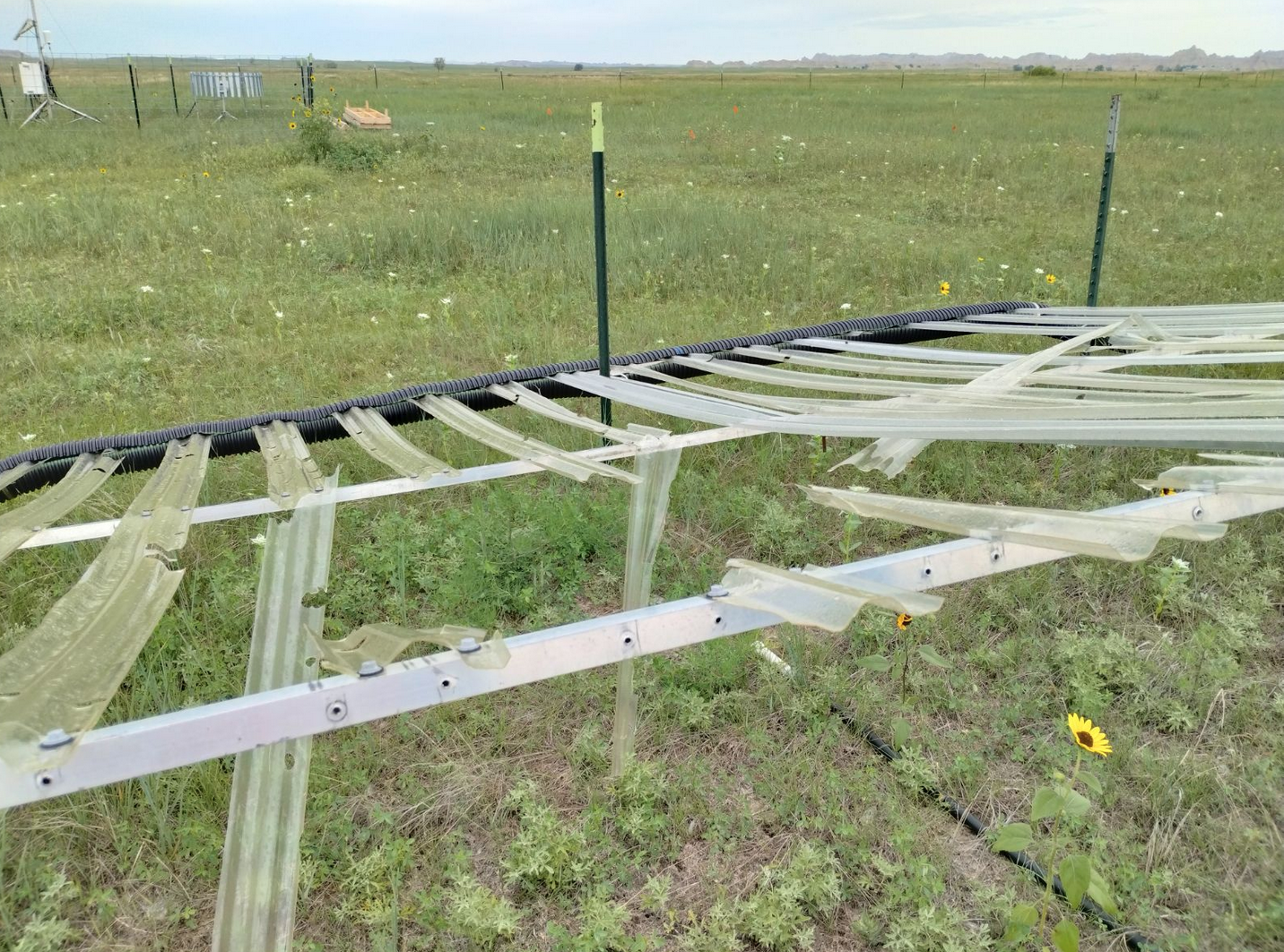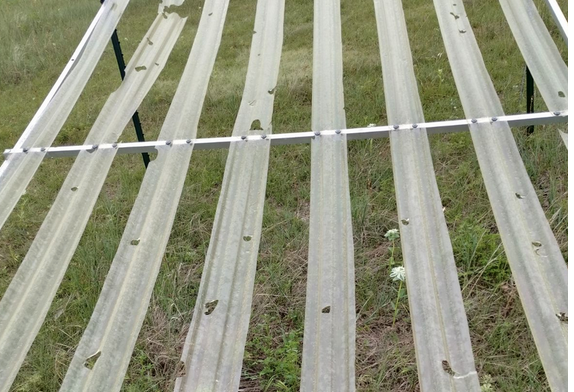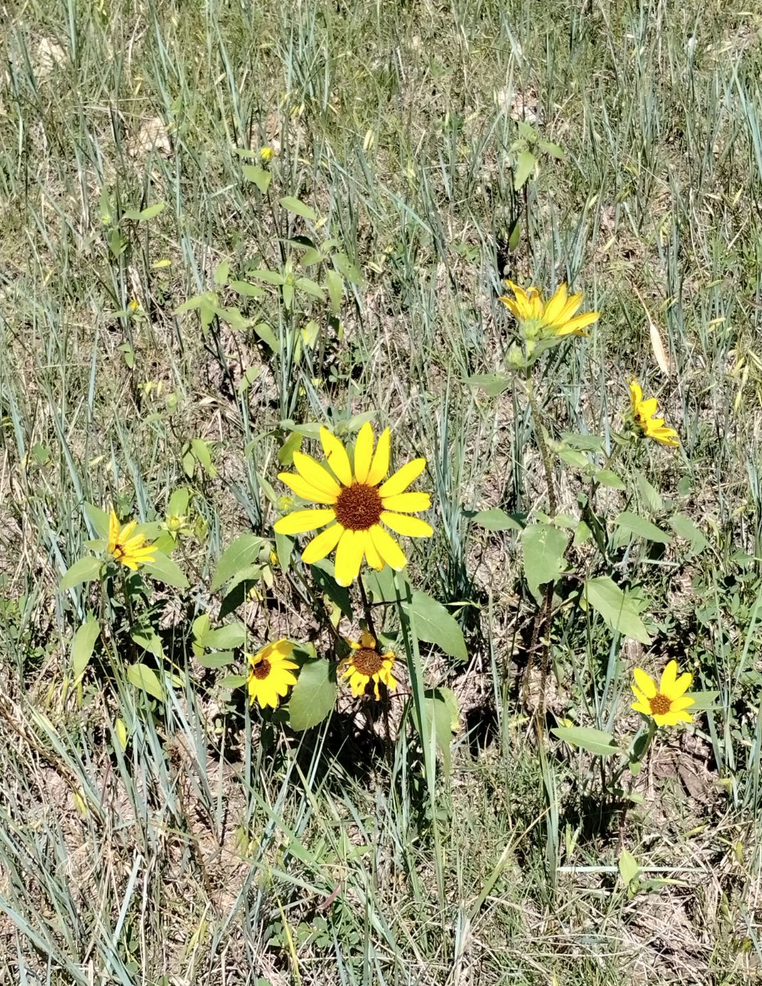Few things are more characteristic of summer than a hot, stifling August. For the student, August means the end of summer and the start of classes. June and July show you that you have all the time in the world, to go outside, explore, hike, or run. August reminds you that maybe you don’t actually want to spend so much time outdoors since air conditioning is preferable to your shirt sticking to your back.
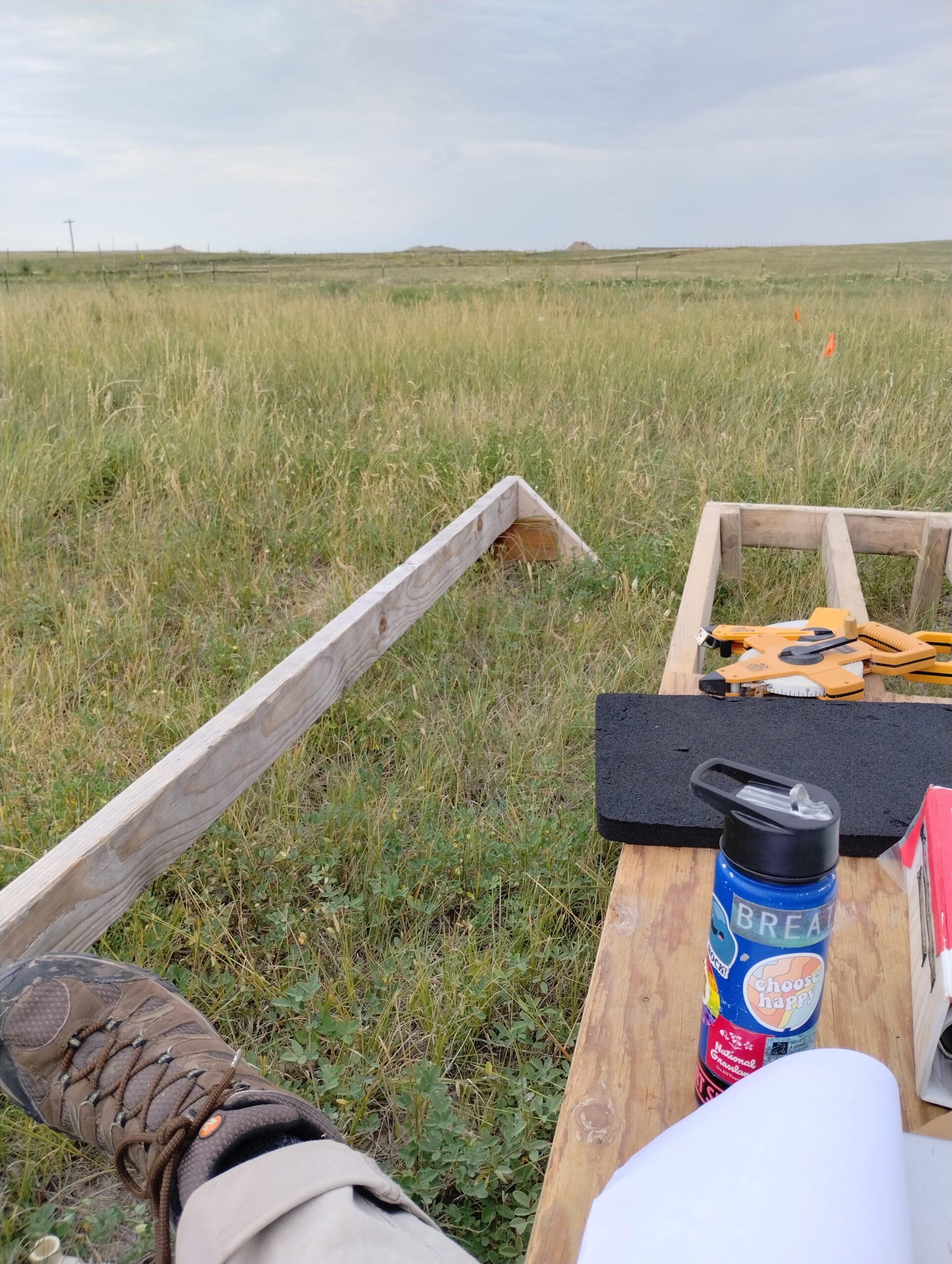
For me, this year is different. In a sentiment that I’m sure is expressed by most recent graduates, there is no school to bookend the summer this time. And it’s weird. For the past ~17 years of my life, school has been the schedule that I’ve built my life around. Work, vacations, and activities have all been dependent on school. I hear friends that are still enrolled, parents of young kids, my brother talk about the current transition, the start of the new (school) year. And for me nothing is changing* except the growth stages of the grass. It is abundantly apparent that the rigid structures I scheduled my life around were ephemeral, and if you have enough vacation days, summer vacation can happen at any time of year.
So I return to the grass. Among the other realizations I have gotten from this job, I have realized just how many different species of grasshopper there are. I really hadn’t had much grasshopper exposure before this (perhaps because I didn’t spend seven hours a day belly down in the grass), but I love having company for fieldwork in these little guys**.
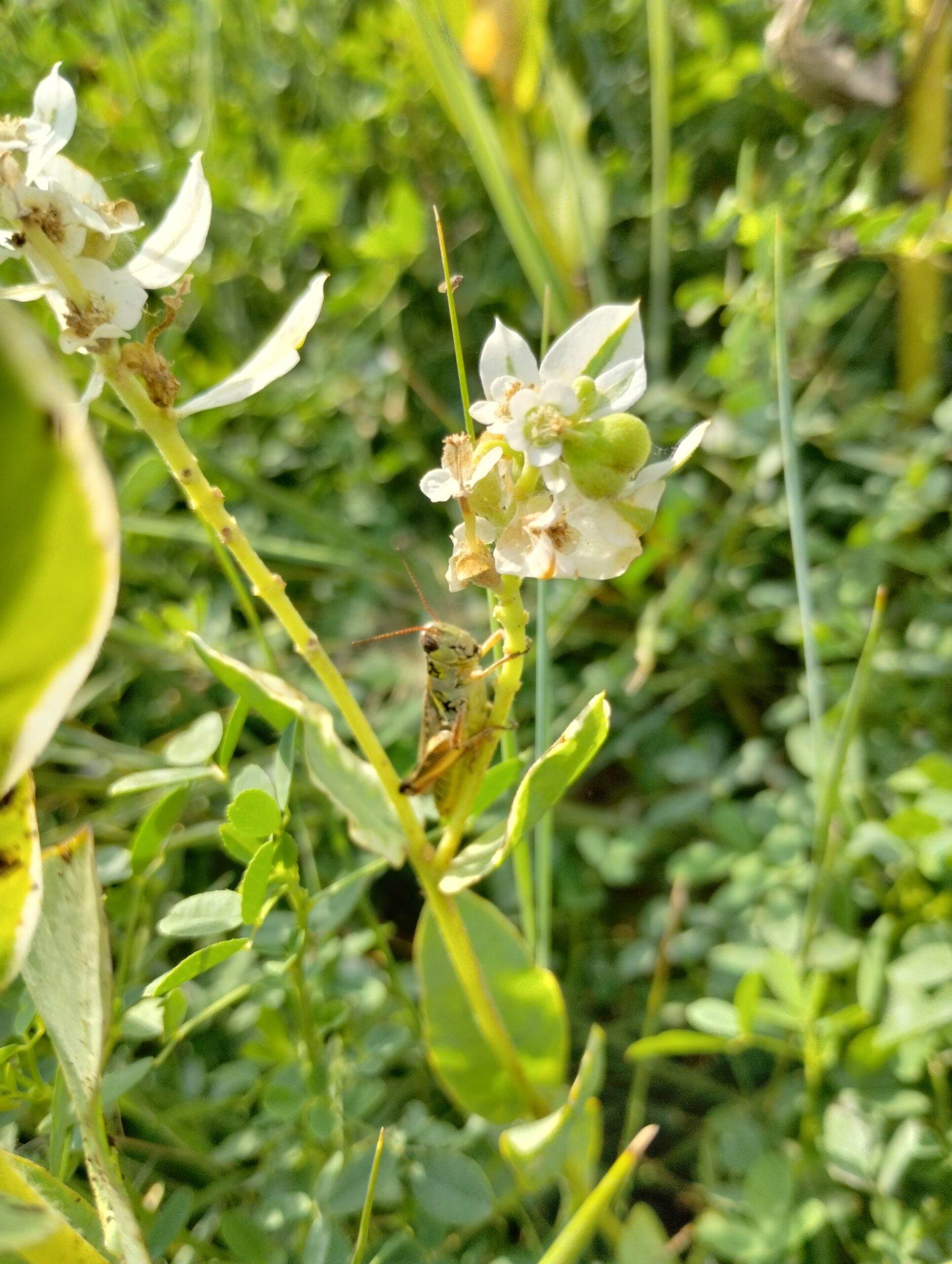
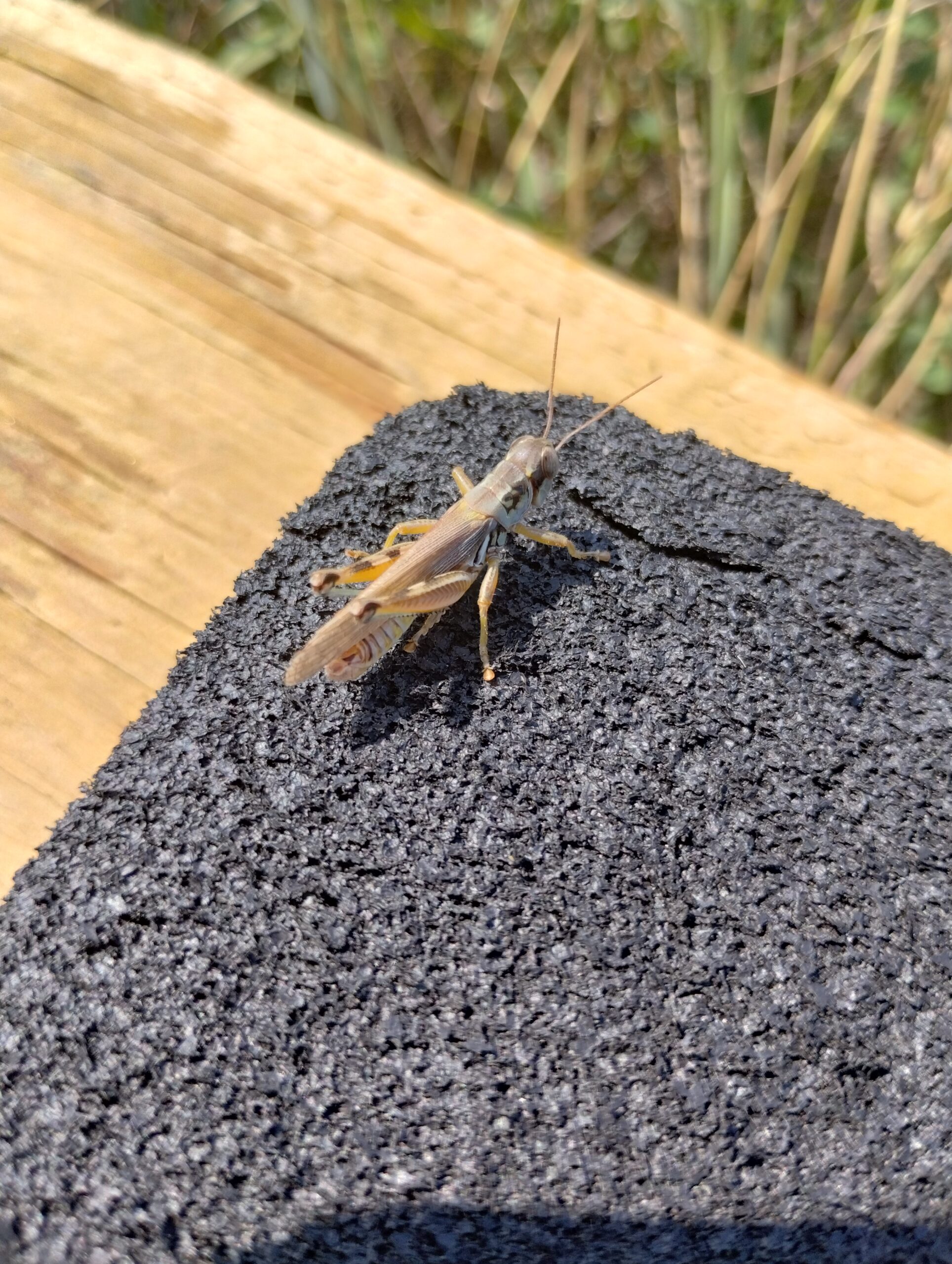
Now I know I’ve just spent a considerable amount of time and words talking about how the school schedule no longer applies to me, which is true, though there are aspects of my work that do feel like returning to school. Our fieldwork was slated to finish at the end of August, and now we are in the office, weighing biomass samples and entering data. In a way, this is the best of both worlds. I have escaped the iron grip of homework while still getting to enjoy the air conditioning during the hot days.
*This is not entirely true. I have less than a month in the job I’m currently in, but that life-change has nothing to do with the school year.
**One of my colleagues insists that grasshoppers are one of the worst insects, worse even than ticks, and he will have to accept that he is simply wrong in this case.


